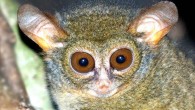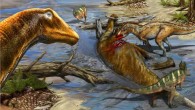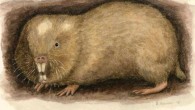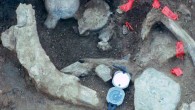Dating of Homo naledi fossils from the Dinaledi Chamber of the Rising Star cave system, South Africa, shows that they were deposited between about 335,000 and 236,000 years ago. A reconstruction of Homo naledi’s head by paleoartist John Gurche, who spent some 700 hours recreating the head from bone scans. Image credit: John Gurche / Mark Thiessen / National Geographic. Species of ancient humans and the extinct relatives of our ancestors are typically...




















